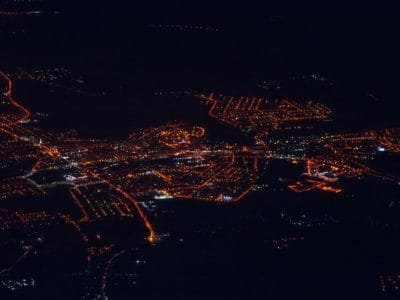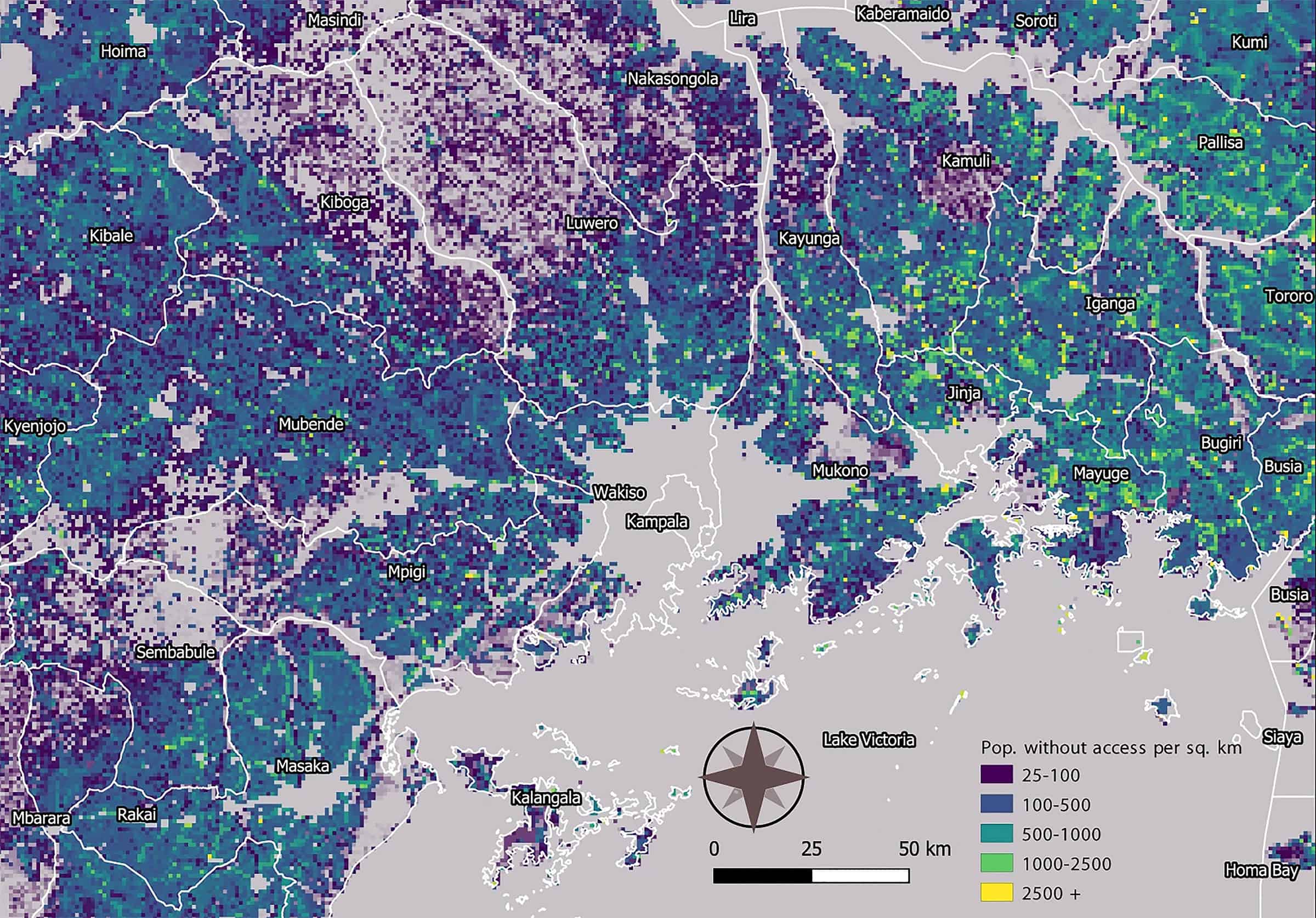Investigating trade-offs between energy and equity
Two fundamental goals of humanity are to eradicate poverty and reduce the effects of climate change. In 2019, IIASA researchers explored the relation between energy demand, development, and climate change in a series of publications.

© Max5128 | Dreamstime
In a study focusing on Brazil, India, and South Africa [1], researchers found that eradicating poverty need not stand in the way of stabilizing climate at safe levels. The study also introduced new methods to separate the energy needs for eradicating poverty from overall demand growth. The team looked into the material requirements underpinning basic human needs, and how the energy resources required to meet these vary in the contexts of the three countries. The results showed that the energy needs for providing decent living standards to all are well below the current national-, and even global energy use levels; and that they could be reduced even further through appropriate investment in infrastructure. The researchers however point out that the bulk of future energy growth in these countries will likely serve the middle classes and affluent, even if governments prioritized poverty eradication.
Research shows that future energy demand will also be strongly influenced by climate change. An IIASA study [2] focusing on this topic found that by mid-century, climate change will increase the demand for energy globally, even with modest warming, and that the largest changes in demand will be due to electricity needed for cooling. In another study [3], IIASA researchers estimated residential cooling needs in the Global South in light of access to space cooling technologies to highlight populations potentially exposed to heat stress. The results revealed large gaps in access to essential space cooling, especially in India, South-East Asia, and sub-Saharan Africa, and provided a first estimation of the energy required to fill this gap. Both studies highlight the tension between adaptation to climate change and greenhouse gas mitigation efforts, and indicate that especially poor countries and households face multi-faceted challenges to adaptation.
Policymakers of course need information on the current situation to prioritize investments for future energy needs. A fourth study [4] focusing on sub-Saharan Africa showed that nighttime satellite images can be converted into spatially detailed maps of electricity access, and that remotely sensed data on light intensity can provide a proxy for electricity access quality. This could help to identify regions that lack access to electricity, as well as hotspots where progress with providing access is stalled or regressing. A dynamic interface to browse and download this data is available on the IIASA website.
References
[1] Rao N, Min J, & Mastrucci A (2019). Energy requirements for decent living in India, Brazil, and South Africa. Nature Energy.
[2] van Ruijven BJ, De Cian E, Wing IS (2019). Amplification of Future Energy Demand Growth due to Climate Change. Nature Communications.
[3] Mastrucci A, Byers E, Pachauri S, Rao ND (2019). Improving the SDG energy poverty targets: residential cooling needs in the Global South. Energy & Buildings.
[4] Falchetta G, Pachauri S, Parkinson S, & Byers E (2019). A high-resolution gridded dataset to assess electrification in sub-Saharan Africa. Scientific Data.






